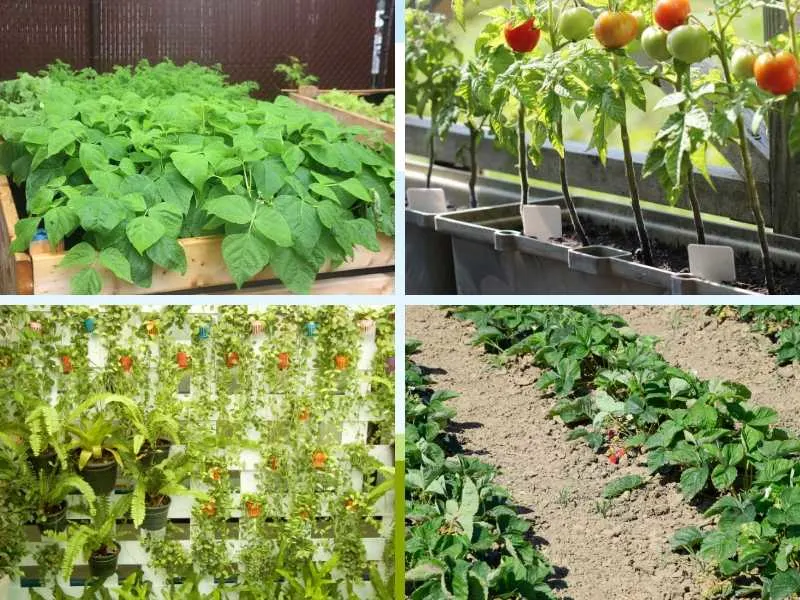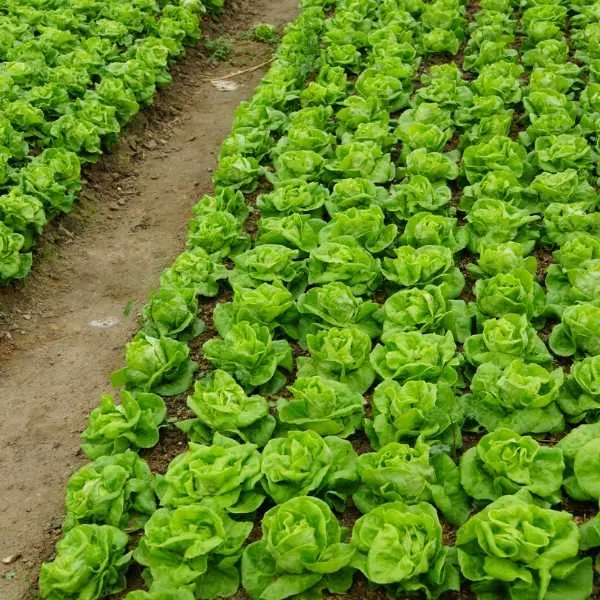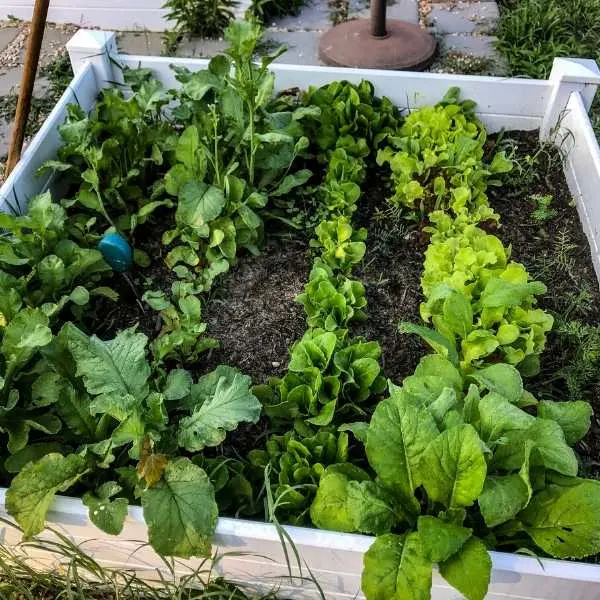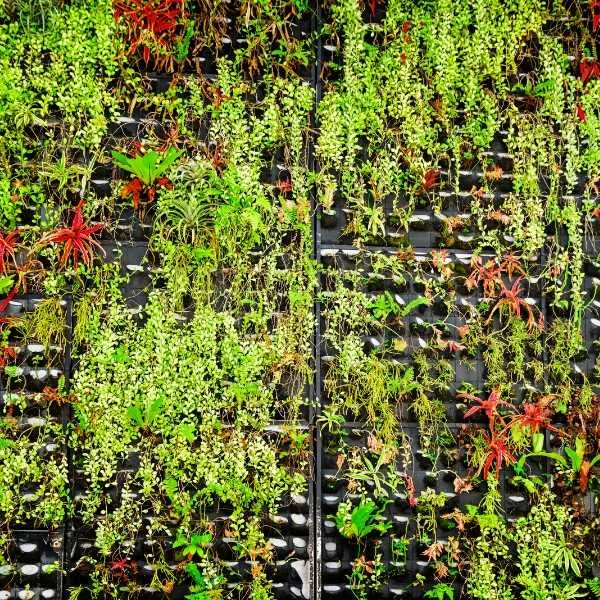Easy Vegetable Garden Layout Ideas to Produce Great Crops
Are you looking for basic vegetable garden layout ideas? If yes, then you are in the right place.
Many people think that tossing in some seeds and letting them do their own “thing” will work but there is actually more to planting a vegetable garden than that.
The truth of the matter is that how and when you plant does matter.
If you’re ready to choose the proper layout for your garden so that you’re setting it up for success from the start, these simple planting tips will help.

What Vegetables Should Not be Planted Next to Each Other?
There are actually some vegetables that aren’t “friendly” or beneficial for growth.
Think of them as competitors if you want, but if you’re wanting your garden to grow, avoid planting these vegetables together side by side in your garden area.
Don’t plant onions and beans together as they don’t mix. (This isn’t saying that they won’t grow…they might. BUT more than likely, they won’t and you’ll just end up wasting space in your garden bed.
Another combination that you need to avoid is the combination of cucumbers and garlic. These two, when grown side by side, will cause neither plant to taste well or even grow.
What Vegetables Should be Planted Together in a Raised Bed?
Just as there are some vegetables that you should avoid planting together in a garden area, there are many vegetables that are totally fine to plant together and grow in the same area.
Some examples of vegetables that are fine to be planted together are:
- Carrots and Beans
- Celery and Cabbage
- Corn and Squash
- Kale and Onions
There are many combinations that are fine to plant and are a great way to plant as many vegetables as possible in the space that you have available.
How Should I Layout My Vegetable Garden?
Figuring out the best layout for your garden can yield many choices. This all depends on the type of garden space that you have and what you intend to plant.
Rows

The most common method for planting is to dig rows to plant your seeds.
This is the easiest method and requires little effort on your end. You can always use your gardening tools as well to dig in the dirt and help make the process easier.
Raised Vegetable Garden

If you’re in an area where you don’t have a ton of room, having a raised garden bed in your yard or even on your porch is a simple solution that almost anyone can do.
Four Square
This simple layout is literally just like it sounds. You have an area that you split into four squares and then keep track of what you plant in them by labeling out the squares.
This method is a simple way to plant veggies that can grow easily in a smaller space without having to take up a huge plot of land for one seed or vegetable type.
Square Foot (4X4)
This method for planting vegetables is all about having a very small space to produce a small quantity of a certain type of vegetable. It’s also a simple way to have a smaller area to water, weed, and maintain as well.
20X20 Layout
This vegetable garden layout is 20 feet in width by 20 feet in height and just gives you a good space to plant a larger vegetable crop.
Since it’s a square, it allows you the space that you need to create rows and plant the seeds according to the directions on the package.
You’ll also find that there are 20X30 garden layouts and 20X40 garden layouts as well.
This is all about the width vs. height and again, can easily be structured so that you can use the space in the most efficient way possible.
Vertical Garden

If you don’t have the space for rows in your garden, you can also opt for vertical gardens as well where you have your vegetable plants growing upwards instead of taking up ground space in your yard.
This works well for peas and for tomato plants as they’ll be able to grow upwards instead of in a row or block.
Container Garden Layout

The best part about using containers for your garden is that you can just pick up the containers and move them if needed.
If you have one in an area without much sunshine, it’s as simple as changing the layout and moving the container to another spot in your yard to see if that works better.
Basic Vegetable Garden Layout Tips to Produce Great Crops
In case you need a few more tips for setting up your vegetable garden, here are some other layout reminders that you need to pay attention to as well.
How Far Apart Should Plants Be in a Garden?
Spacing in your garden isn’t something that you need to ignore. Vegetable seeds need space so that their roots can grow.
All the directions for planting your specific vegetable seeds can be found on the pack of the package that they come in.
But just in case you don’t have the package handy, a simple reminder is that the rows in your garden should be anywhere from 24 inches to 36 inches apart.
This allows each seed and plant to get adequate amount of water needed so that they can thrive and grow.
How Do You Layout a Raised Bed Vegetable Garden?

If you’re going to be using a raised vegetable bed, make certain that you don’t make it overly large.
This is because you’re going to need to get to the plants that are in the middle of the bed and if it’s too big, you’re not going to be able to reach them to take care of them.
You also don’t want to have dirt more than 24 inches in depth for your raised garden bed so that it can drain the water properly once it rains.
What is the Best Layout for a Garden?
When it comes to planting and preparing your garden, you need to think ahead of the game as well, too.
This is because there are some vegetable plants that will grow taller than others, and that can cause a blockage of sunlight if you’re not careful.
Tall crops should be planted on the north side of the garden while your smaller plants should be planted in the southern part of your garden area.
This leaves the middle of your garden for the medium-sized plants like your tomatoes and your squash.
If you can pay attention to these simple tips for your vegetable garden layout, you’ll be setting your garden area up for success.
Setting it up properly from the start means that you’ll be doing everything you can to have a garden that produces fresh and delicious vegetables with ease.
Do you have any other vegetable garden layout ideas or tips to share?

